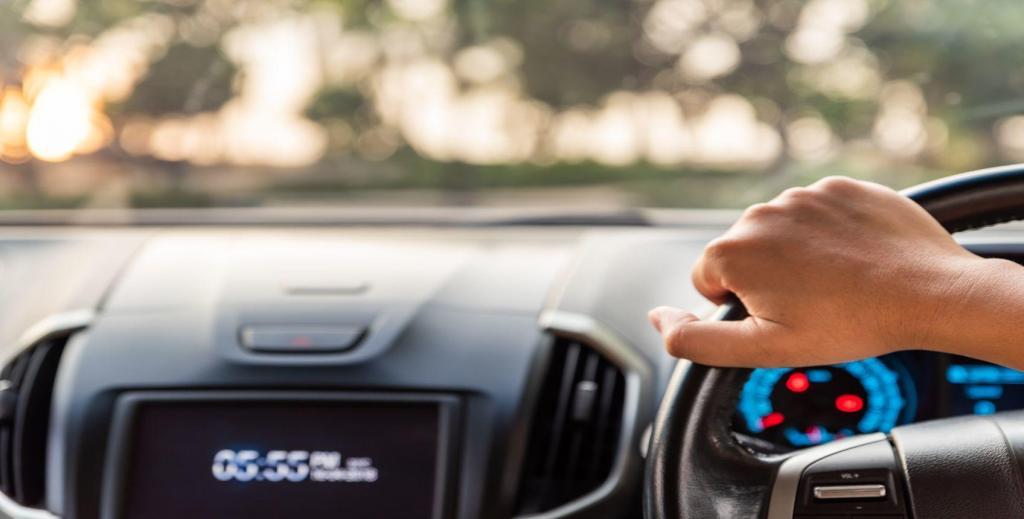Driver distraction is rapidly becoming a major killer on Australian roads, while also accounting for a significant portion of non-fatal accidents that happen every year.
Mobile phones have played a major role in the recent increases in inattention-related accidents. Around 60% of young Australian drivers having texted while driving while a significant minority of drivers over the age of 25 have also sent or received a text while driving.
However, this doesn’t mean mobile phones are the only source of driver distraction and inattention. Anything from transporting a pet or young children in a car to having a conversation with a passenger can significantly impair driving ability in certain situations.
Staying focused while driving can therefore be a bit trickier than it might sound.
Get fairer car insurance. Based on how you drive
Staying focused
The basic principle here is straightforward. Keep your eyes on the road unless you are required to check your side or rear-view mirrors. This is important even in situations where you might feel like you are free to relax, such as when driving with little traffic or on a rural road.
Once you’re in the habit of keeping your eyes on the road, you’ll need to remember to focus your attention on the road. It’s very easy to ‘zone out’ while driving, or be distracted by a passenger or even the music you are listening to. Rather focus your mind and attention on the road and your immediate surroundings.
While the steps required to stay focused are simple enough, ensuring you remain attentive can be very difficult because of the sheer variety of things that can distract you while driving. Here are some common sources of driver distraction along with advice on how to handle them.
Mobile phones
If possible refrain from using any function on a mobile phone while driving, including a mobile hands-free kit. While having a conversation on a mobile phone using a hands-free kit reduces physical distraction, it still results in cognitive distraction that can persist for between 15 and 27 seconds after the conversation ends. So your best bet is to put your mobile phone out of reach and only use it once your car is parked.
Passengers
Passengers can be as distracting as a mobile phone. Holding a conversation with a passenger, particularly if you are turning to look at the passenger, or glancing in your rear-view mirror, while talking can severely impair your attention. While it’s not practical or even desirable to avoid talking to passengers altogether, keep your eyes on the road while doing so and focus all of your attention on driving when conditions are challenging or hazardous.
Children and pets
Unrestrained children and pets can be major hazard while driving a car. If you have children in your car, ensure that they are wearing appropriate restraints. Give them something to keep themselves
occupied, particularly on longer journeys where boredom can have a significant impact on young children. If you’re carrying pets, use crates to transport them and never allow them unrestrained access to the front seats of the vehicle.
Entertainment and navigation systems
An increasing number of new cars are fitted with integrated entertainment and navigation systems that encourage driver interaction across a range of applications. Avoid engaging with these while driving. Do not attempt to reset or change routes on your navigation system while driving, and instead park your car before doing so. If you want to interact with your music system or playlist do so while your car is stationary.
Insects
Believe it or not insects cause a significant number of driver distraction accidents, with bees a major culprit. Keep your windows closed while driving or parked to avoid picking up unwanted passengers. If one does find its way into your vehicle, stop your car where it is safe to do so before attempting to evict the insect.
Eating, drinking and smoking
Safe driving involves keeping both hands on the wheel. Any activity that takes one hand off the wheel and simultaneously distracts a driver is asking for trouble. There’s no harm in keeping a drink in a cup holder and sipping it while you’re stopped at a traffic light, but eating or smoking while driving are never a good idea.
Stay out of your glovebox
Reaching for something in your glovebox while driving is dangerous. You’ll take your eyes off the road, take a hand off the steering wheel and the sideways movement of your body can easily pull your steering to one side, changing the course of your vehicle while you’re not looking at the road. If you think you’re going to need an item like sunglasses while driving, put it close at hand
Daydreaming
Simple daydreaming is a major source of distraction related accidents. On routine commutes or long trips its easy to become lost in thought, losing focus on the road. If you find your attention wandering, bring it back to your surroundings. Loss of focus is also a sign of driver fatigue, so if other signs of fatigue are present, park and take a nap. If your destination is close by you can also drink a couple of energy drinks for a short term boost in attention and alertness.
Gawking
Focusing on events or people outside of your car can be a serious distraction. This is especially common around accident scenes, where many drivers will focus their attention on the accident scene and can easily cause secondary accidents. As a result these scenes require even more driver alertness than normal. Keep your eyes focused on the road and cars in your immediate vicinity.
Download UbiCar
UbiCar can help you keep tabs of phone distraction and will reward you for more attentive driving.


